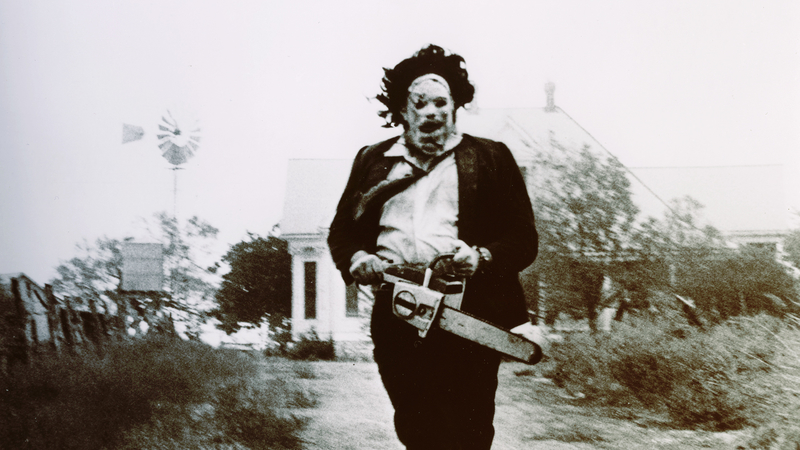If you’ve been spending most of your time on Twitter, you’ve probably heard of the eerie Dear David thread. But to those who are unacquainted, here’s what basically it is: a documentation of a New York City-based artist’s paranormal experiences in his apartment.
I made a Storify of all my Dear David threads for easier viewing. I’ll keep it up to date. https://t.co/NcZm0ZXXTJ
— Adam Ellis (@moby_dickhead) August 16, 2017
A young boy with a mangled head has been visiting artist Adam Ellis in his dreams, until one day, the boy showed up in his room. Literally. He named the boy David. Since then, Ellis has been capturing photos of David and posting them on Twitter. Just a few days ago, the artist uploaded new bloodcurdling photos of the boy.
Lucky for horror enthusiasts (unlucky for me, then), your investment in spine-chilling social media posts or just anything scary has an advantage: It’s healthy.
Good for white blood cells
Who would’ve thought that watching scary movies is good for the white blood cells (WBC)? Although the research was small, a 2003 study from the Coventry University in the United Kingdom established this claim. In their experiment, a group of 32 males and females aged between 20 to 26 either sat quietly in a room or were subjected to the film The Texas Chainsaw Massacre.
Their blood samples were examined and it showed that those who watched the movie had higher levels of WBC, the defender of our immune system. The team credits the movie’s ability to engage the viewers’ fight-or-flight reaction, which includes a short-term increase in immune function.
Improved mood

Activities like visiting a pop-up haunted house or Halloween-season attraction aside from indulging in a good thriller film can elevate one’s mood. Margee Kerr, a sociologist and author of Scream: Chilling Adventures In the Science of Fear said that “a high-arousal negative stimulus improves mood significantly.”
She also said that people feel less anxious and generally happier after a scary experience—that surge of a sense of accomplishment after engaging in a breathtaking activity like bungee jumping. However, this is only for those who get a kick out of the thrill.
Training for future dangers

“We develop behavioral cognitive emotions that allow us to swiftly detect and appropriately respond to dangers,” writes horror researcher Mathias Clasen in his book. This is one of the attractions of horror movies: They provide us with fictitious scenarios that allow us to think of ways to run from future disastrous circumstances (like the zombie apocalypse). Talk about a fun way to be creative and prudent.
Read more:
Watching your favorite TV series has some health benefits
The strangest, creepiest places on the internet












































